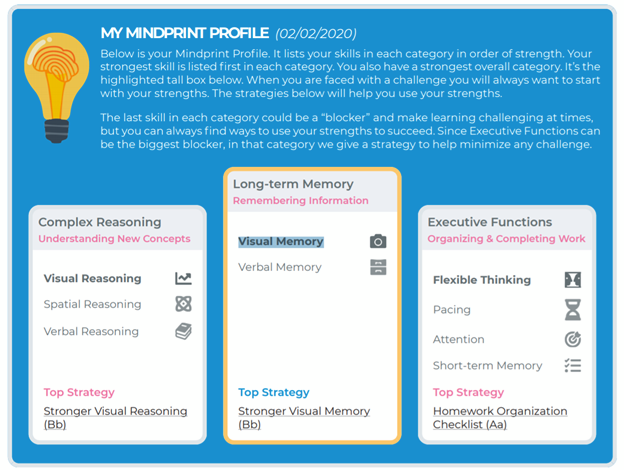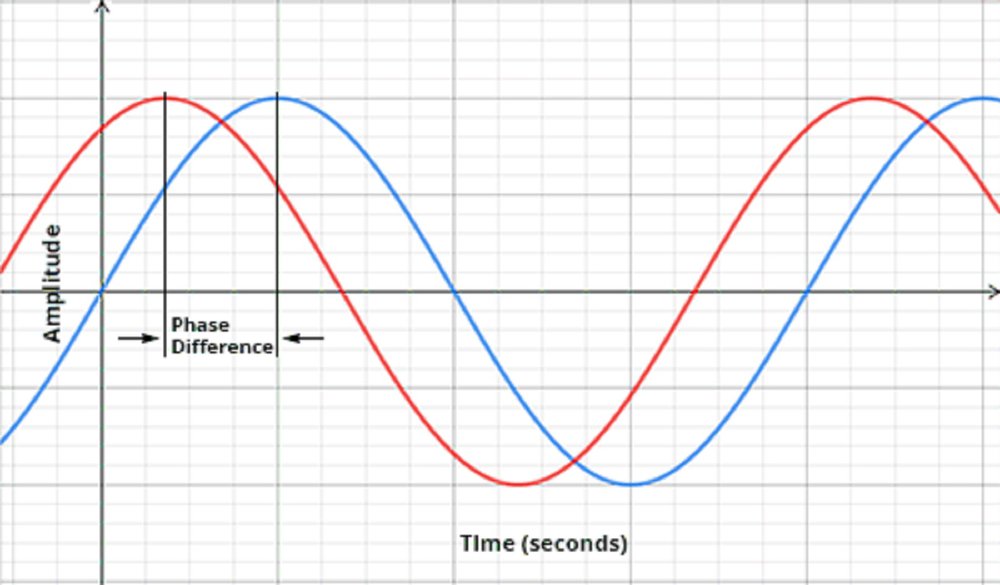Teachers and students have known since the time of Socrates that learners are different from each other, with different perspectives and aptitudes. These days, it may seem as if there is more variability in classrooms than ever when it comes to what students know and can do. However, it is also important to remember that intra-learner variability can be just as great and just as perplexing as inter-learner variability, especially for the learners involved.
It is easy to oversimplify what students bring to the learning process. One student is an A student. Another is a B student. There are “math students” and “language students,” “art students” and “auto mechanics students.”
Still, we know that few learners are that consistent. An A student may get an occasional B. A B student may get an A from time to time. Average students are only average on average. And if there is truly an average student somewhere, he or she has never been in one of my classrooms.
As educators and students, we oversimplify in large part because we usually don’t have the tools to see what’s underneath the learning successes and struggles each student has. But it is essential since recent research has shown those underlying learning processes, called cognitive skills, account for 40 to 50 percent of the variability in academic performance. In other words, learning struggles are very often not attributable to curriculum or instruction but to the specific cognitive strengths and weaknesses of each student.
What might an underlying reason for success or struggle look like? Let’s take an example.
When I (Betsy Hill) was in high school, I had a strong aptitude for language. Learning a new language was comparatively easy for me and I LOVED it. But put me out on the sports field and it was another story. I failed the practical test in archery (getting a C for the term because I got an A on the written test). I also was never drawn to Art and avoided building, drawing, painting and the like.
The reason for my struggles in archery and art is that they had something important in common. Not that both subjects begin with the letter “A,” although they do. The problem was that they both required strong visual-perceptual skills, especially depth perception. And my depth perception was faulty. It didn’t matter how many times I shot that arrow at the target, I was not going to hit the target enough times to pass the archery test, unless someone could help me develop better depth perception. I had an advantage over many students in this regard. I knew that I had poor depth perception. My archery teacher didn’t, though, and most students don’t understand why they struggle with certain subjects or tasks and not others.
Most students and most teachers don’t really know much about the underlying cognitive skills that are the foundation for learning – visual processing, auditory processing, reasoning, memory and others.
In The End of Average, author Todd Rose brings home the idea that each individual brings strengths and weaknesses to every academic experience (and indeed every life experience). If a student has strong perceptual skills and weak memory skills, their experiences will be very different from a student with weak perceptual skills and strong memory skills. The surface performance could look very similar, but it may not be obvious why because those underlying skills are difficult to evaluate without an assessment that specifically targets them.
Learning experiences are unpredictable for students with uneven underlying strengths and weaknesses. And that unpredictability can make learning more stressful than for a student with less strong but more even skills.
When a student has strong skills in some areas and weaknesses in other areas, and isn’t aware of them, some learning experiences will be easy and some will be difficult, but the student usually can’t predict which. Inexplicably, some things will be easy, and others will be tough. For example, some types of math problems will be obvious and others will be totally obtuse (pun intended for geometry teachers). Some language tasks will be super hard, but others will flow like the rain off a duck’s back (simile for language arts teachers).
If we, as educators, hope to encourage more students to pursue STEM studies, understanding students’ cognitive skills can be essential in helping them succeed.
One cognitive skill that tends to be very important in STEM fields is spatial perception. Spatial perception is the ability to see how shapes fit together and what they would look like when rotated. This cognitive skill comes into play as students get into geometry and calculus and science at the high school level, and for interpreting information from charts and graphs in the elementary grades. If a student’s memory skills, reasoning ability and executive functions are strong but spatial perception is weak, some aspects of the STEM curriculum may be surprisingly difficult. Indeed, weak spatial perception is what discourages many would-be engineering students within the first year of college studies, at least those who don’t know that spatial perception can be developed.
Another skill that will help STEM students excel is cognitive flexibility. Cognitive flexibility involves the brain’s ability to shift between cognitive processes, to see things from different points of view or to adjust to changing conditions. Limitations in this area may show up in a STEM subject, or in something else seemingly unrelated, like reading. Say you have a student who reads quite fluently but stumbles when he or she comes to a word never seen, and who can power through any math problem you give until there’s suddenly one that they can’t. For these students, unexpected stumbles will probably seem “unfair.” But if they knew that cognitive flexibility was more challenging for them, it would make sense that shifting between recognizing sight words and sounding words out doesn’t happen quite as smoothly for them and that changing their approach to a math problem takes more mental effort.
While weaker cognitive skills make some tasks more challenging, it is often not obvious to the student and that can cause him or her to doubt their ability altogether. Learning situations bring uncertainty and, therefore, stress. Success seems like a matter of luck rather than something to which effort and strategies can be applied.
Now imagine that we can help our students understand their cognitive strengths and how to use them to compensate for their relatively weaker skills. Imagine, too, that the student has a tool to strengthen weaker skills – cognitive flexibility or spatial perception, and other skills.
Here’s how we might help a student capitalize on a cognitive strength. The image below shows one student’s cognitive profile, based on a scientifically valid, nationally normed cognitive assessment.

This student’s strongest cognitive category is Memory (the box is the tallest) and his Visual Memory is his strongest skill in that category. Like most people, this student has one type of memory skill that is stronger than the other and having stronger visual memory means that it is easier for him to remember charts, graphs, images and similar information, rather than language-based information.
Knowing this, we can confidently suggest to this student that he will be most effective when he can:
- Pair a picture with words whenever possible. For example, when using flashcards, he would draw a picture, not just write a definition.
- Take time to review the images in his textbooks. Those images will help him remember important information.
- When the teacher draws a picture or diagram to illustrate a point, he should draw that same picture or diagram in his notes to help remember that point.
These are some examples of useful strategies for this student. The key is to understand that they are for this student, not for a student with stronger verbal memory than visual memory. These would be largely ineffective strategies for that student.
Knowing one’s own variability, that is, one’s cognitive strengths and weaknesses, is very empowering. Learning becomes more predictable. The student knows how to use his or her strongest cognitive skills to tackle any academic task. And teachers and parents can actually give students more responsibility for their own learning.
About the authors

Betsy Hill is President of BrainWare Learning Company, a company that builds learning capacity through the practical application of neuroscience. She is an experienced educator and has studied the connection between neuroscience and education with Dr. Patricia Wolfe (author of Brain Matters) and other experts. She is a former chair of the board of trustees at Chicago State University and teaches strategic thinking in the MBA program at Lake Forest Graduate School of Management. She holds a Master of Arts in Teaching and an MBA from Northwestern University.

Roger Stark is Co-founder and CEO of BrainWare Learning Company. For the last decade, Stark championed the effort to bring comprehensive cognitive literacy skills training and cognitive assessment within reach of everyone. It started with a very basic question: What do we know about the brain? From that initial question, he pioneered the effort to build an effective and affordable cognitive literacy skills training tool based on over 50 years of trial & error clinical collaboration. Stark also led the team that developed BrainWare SAFARI, which has become the most researched comprehensive, integrated cognitive literacy training tool delivered online in the world. Follow BrainWare Learning on Twitter @BrainWareSafari











